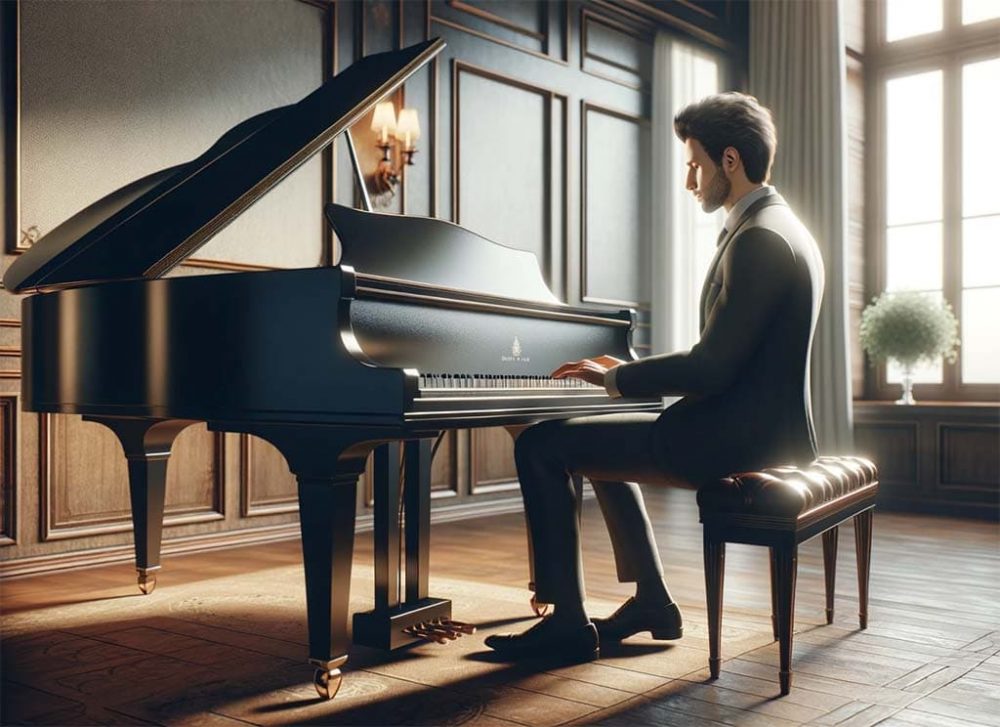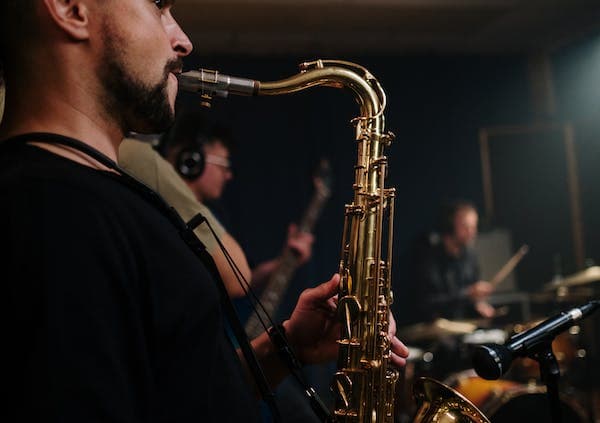Why Many People Turn to Music When Going through Hard Times
Difficult times are an unavoidable part of life. Whether it is personal loss, stress, or uncertainty, everyone faces moments when they need support. While some find comfort in talking to friends or engaging in hobbies, many turn to music as a way to cope.
Music has a unique ability to connect with emotions, offering relief and reassurance when words fail. From calming melodies that ease anxiety to powerful lyrics that speak to personal struggles, music helps people process feelings and regain a sense of balance. This article explores why so many people rely on music during hard times and how it can provide emotional, mental, and even physical support.
How Music Helps Process Emotions
One of the main reasons people turn to music in difficult moments is its ability to express emotions that are hard to put into words. Certain songs can capture feelings of sadness, anger, or hope in a way that makes listeners feel understood.
When going through emotional pain, listening to music that matches the mood can provide a sense of validation. It reassures people that they are not alone in their struggles. On the other hand, uplifting music can serve as a reminder that things will eventually get better.
Music also helps people reflect on their emotions without feeling overwhelmed. Soft instrumental pieces, for example, can create a peaceful space for introspection, while familiar songs can bring back positive memories that provide comfort during tough times.
The Role of Music in Stress and Anxiety Relief
Stress and anxiety can be overwhelming, affecting both the mind and body. Music has been proven to reduce stress by influencing brain activity and lowering cortisol levels, the hormone responsible for stress.
Slow-tempo music, classical compositions, and nature sounds help relax the nervous system, promoting a sense of calm. Many people use music for meditation, deep breathing exercises, or simply to unwind after a stressful day.
For those who need a distraction from anxious thoughts, engaging music can serve as a mental escape. Upbeat rhythms and energetic beats can shift focus away from worries, creating a more positive state of mind. Even singing along to favorite songs can be a form of emotional release, helping to relieve built-up tension.
Music as a Source of Strength and Motivation
During difficult times, finding the motivation to keep going can be challenging. Music has the power to inspire and provide the strength needed to push through obstacles.
Certain songs carry messages of resilience and determination, encouraging people to face their struggles head-on. Whether it is an anthem of perseverance, a song that brings back memories of overcoming past difficulties, or an artist whose lyrics resonate deeply, music can act as a personal source of motivation.
Athletes, for example, rely on music to boost their performance and mental strength. Similarly, people going through emotional hardships can use music as a way to find courage and maintain hope.
For many, playing an instrument or writing songs can be an even more powerful way to channel emotions into something creative and healing. Making music provides a sense of control and self-expression, helping people navigate tough moments in a personal and meaningful way.
Music and Connection to Others

Hard times can sometimes lead to feelings of loneliness and isolation. Music helps bridge that gap by creating a sense of connection. Whether it is through shared experiences in song lyrics or the comfort of hearing a familiar voice, music makes people feel less alone.
Live concerts and musical communities also bring people together, offering a space where emotions are shared through sound. Singing along with a crowd, listening to a song that reminds someone of a loved one, or even sending a meaningful track to a friend can create emotional bonds that offer support and understanding.
Music has always been used to bring people together, whether in cultural traditions, religious ceremonies, or personal moments of unity. It reminds people that no matter what they are going through, they are not alone.
Conclusion
Music is more than just entertainment – it is a tool for healing, comfort, and resilience. Whether through its ability to express emotions, reduce stress, provide motivation, or create connections, music plays a crucial role in helping people cope with difficult times.
When words are not enough, a song can speak directly to the heart, offering the reassurance and strength needed to keep moving forward. By turning to music in challenging moments, many find the support they need to heal, reflect, and regain a sense of hope.















